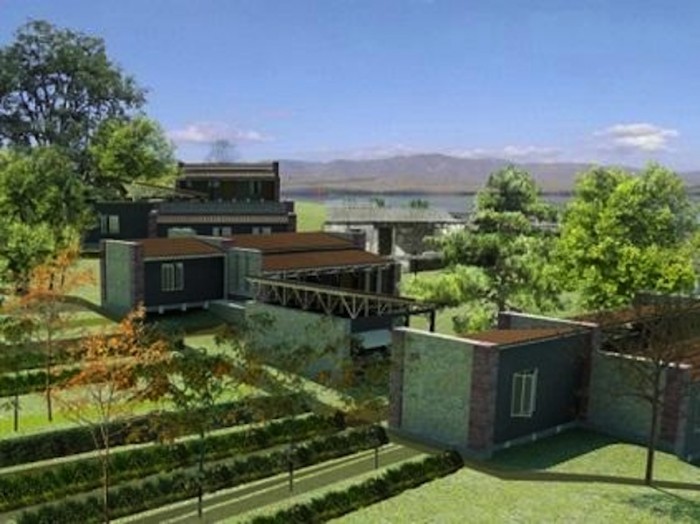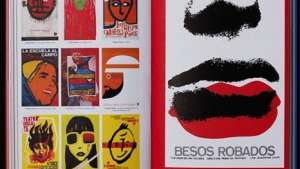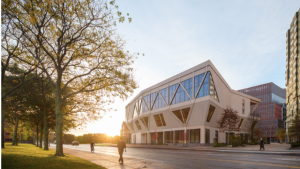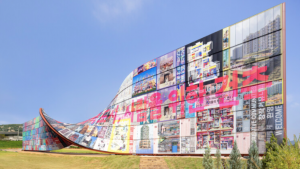From the Series

Four students from the Central University Marta Abreu de las Villas received one of the two awards given at the International Competition of Architecture for Disaster Risk Reduction for their project, Rescue Cayo Granma.
The students, Royer Leno Medina, Ana Lourdes Barrera Cano, Elisa Medina Toboso and Niuris Martín Rosabal won for their plans for Cayo Granma, a hurricane-struck island community near the city of Santiago de Cuba.
The students were inspired by the effects of Hurricane Sandy, whose devastation in Cuba and particularly in Santiago de Cuba were not widely reported. The United Nations Office for Disaster Risk Management (UNISDR) estimates that Hurricane Sandy is among the most harmful disasters to hit Cuba and that it displaced 340 000 of the 11 million Cuban inhabitants, causing considerable damages in its infrastructure that hold high reconstruction costs.
The losses in Cuba were mainly due to the Sandy’s impact on homes – almost 22 400 households and their possessions were lost, while 135 300 were partially destroyed and close to 63 200 suffered ceiling damage. The four architecture students decided to draw up a housing reconstruction plan by working together with the community in Santiago de Cuba.
The students stood out in the competition because their project is both viable and comprehensive taking into account an assessment of the social, economical and political conditions of Santiago de Cuba. The assessments revealed high rates of alcoholism, low education levels and unemployment. Limited travel, with boat being the only in and out of Santiago, was also listen in the assessment. as well as the limited transportation with travel by boat being the most viable.
In order to revive Cayo Granma in the wake of a disaster such as Sandy, the students developed a multiple-step architectural strategy to address some of the listed assesments. The first and core stage of recovery ensures a safe, housing structure that resists up to Category 5 hurricanes and earthquakes that frequent the region for every family.
The second stage involves the resuscitation of the boat-building manufacturing workshop and the sawmill. The workshop will create employement by rescuing the tradition of boat building and cater to the carpentry needs of the disaster housing structures erected in the core phase of the project.
The Central University Marta Abreu de las Villas students were selected from 15 other entries, which included students from he University of Montreal and the School of Architecture of Madrid.







